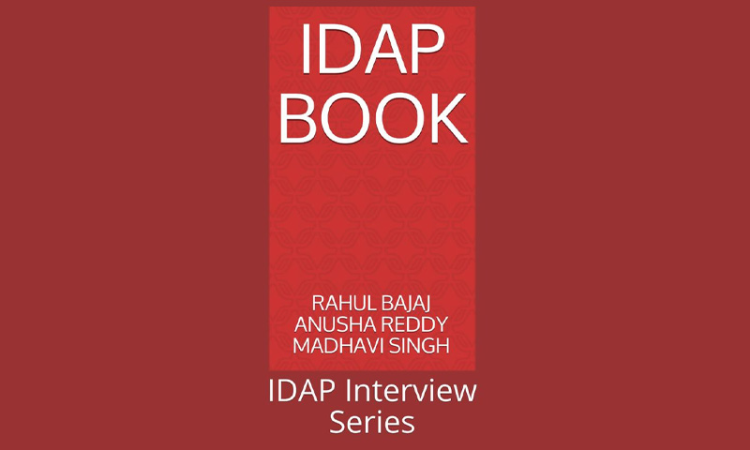Book Review: 'It Can be Done: IDAP Interview Series' By Rahul Bajaj, Anusha Reddy, And Madhavi Singh
Raghav Kohli
26 Feb 2021 6:26 PM IST

Next Story
26 Feb 2021 6:26 PM IST
In 2014, V Surendra Mohan, a practicing advocate, applied for the post of a Civil Judge in Tamil Nadu. His application was rejected on the ground that he was 70% blind. This resulted from Tamil Nadu's policy of reserving the post only for persons whose percentage of blindness did not exceed 40-50%. He challenged this policy before the Supreme Court, arguing that this arbitrary...
